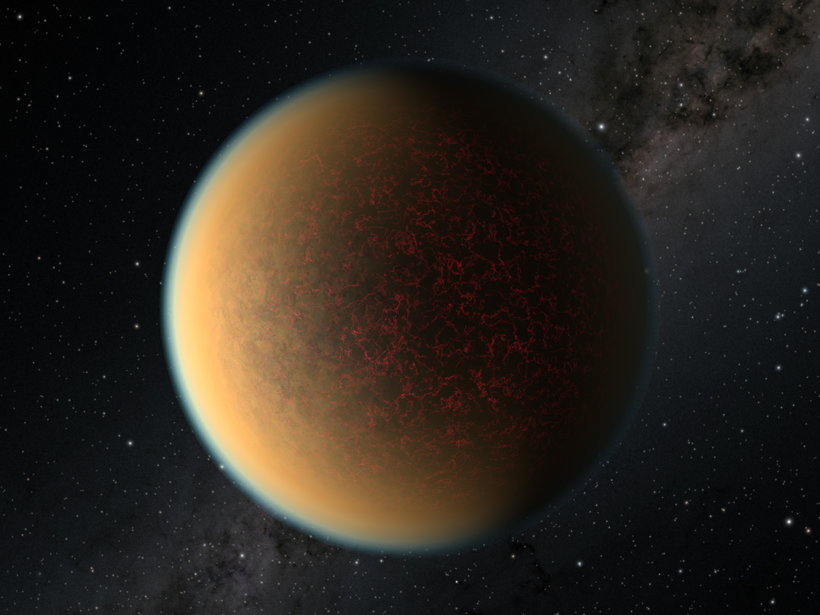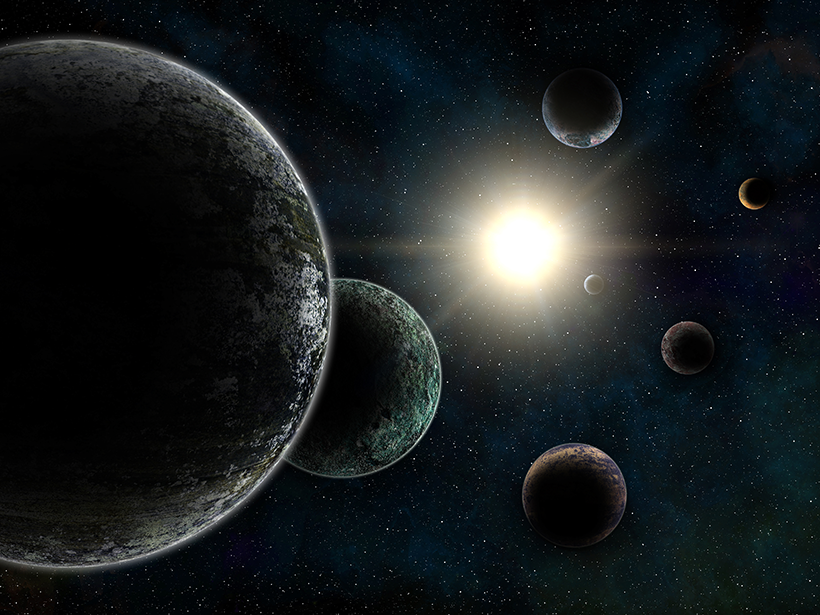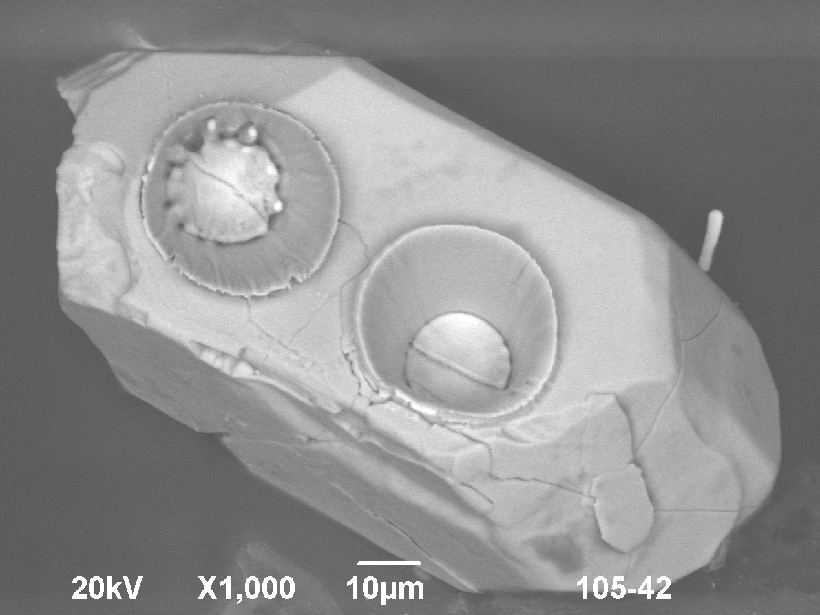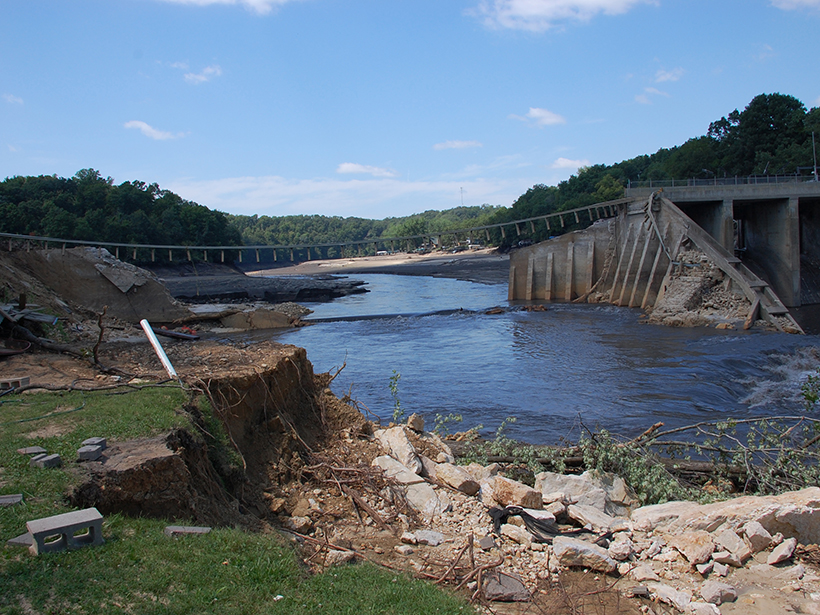Scandinavian societies of the first millennium adapted their farming practices to volcano-driven climate changes.
News
Dyes and Isotopes Track Groundwater from Sink to Spring
The hydraulic connection between a sinkhole and a natural spring—the longest and largest yet documented—could help reduce the guesswork in mapping karst aquifers.
Podcast: Standing Up for Science During an Epidemic
A virologist overcame smears and adversity to stand up for science.
The Possible Evolution of an Exoplanet’s Atmosphere
Scientific sleuths explore data gathered trillions of kilometers away and put forth different, and often conflicting, ideas to reconstruct the gaseous envelope on a distant rocky exoplanet, GJ 1132 b.
Gap in Exoplanet Size Shifts with Age
Smaller planets are scarcer in younger systems and larger planets are lacking in older systems, according to new research that analyzed hundreds of exoplanets.
Siberian Heat Wave Nearly Impossible Without Human Influence
A new study finds that the exceptional temperatures seen in Siberia in the first half of 2020 would have been extremely unlikely without anthropogenic climate change.
Indian Cities Prepare for Floods with Predictive Technology
The number and intensity of floods are increasing—they can inundate neighborhoods in Chennai in just 15 minutes. New models can pinpoint and help warn vulnerable areas hours or even days in advance.
Vestiges of a Volcanic Arc Hidden Within Chicxulub Crater
Scientists discovered magmatic remnants of a volcanic arc by dating granitic rocks of the middle crust excavated by, and hidden within, the Chicxulub impact crater.
Below Aging U.S. Dams, a Potential Toxic Calamity
Documents suggest that in more than 80 U.S. locations, the failure of an aging dam could flood a major toxic waste site.
Siltation Threatens Historic North Indian Dam
Experts recommend reforestation campaigns to combat siltation at Bhakra Dam, one of the first infrastructure projects pursued by India after independence.










